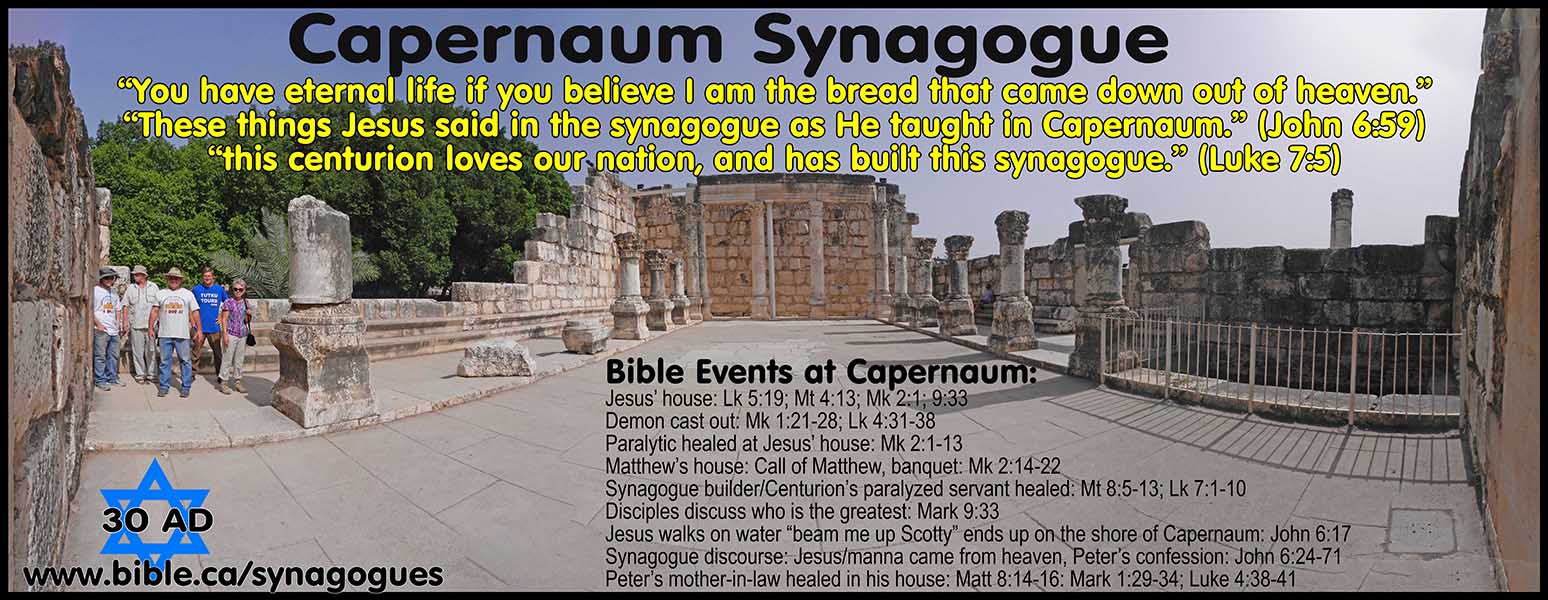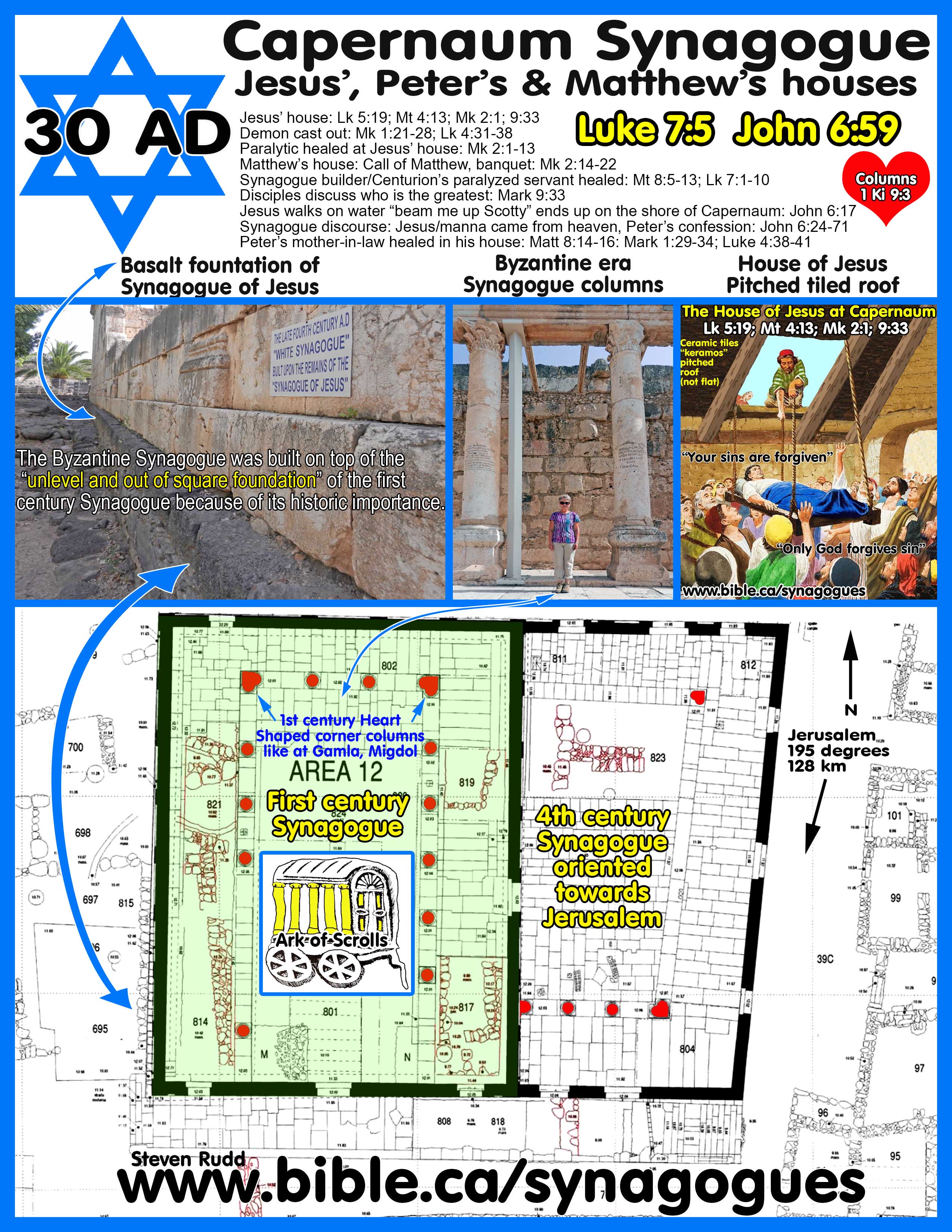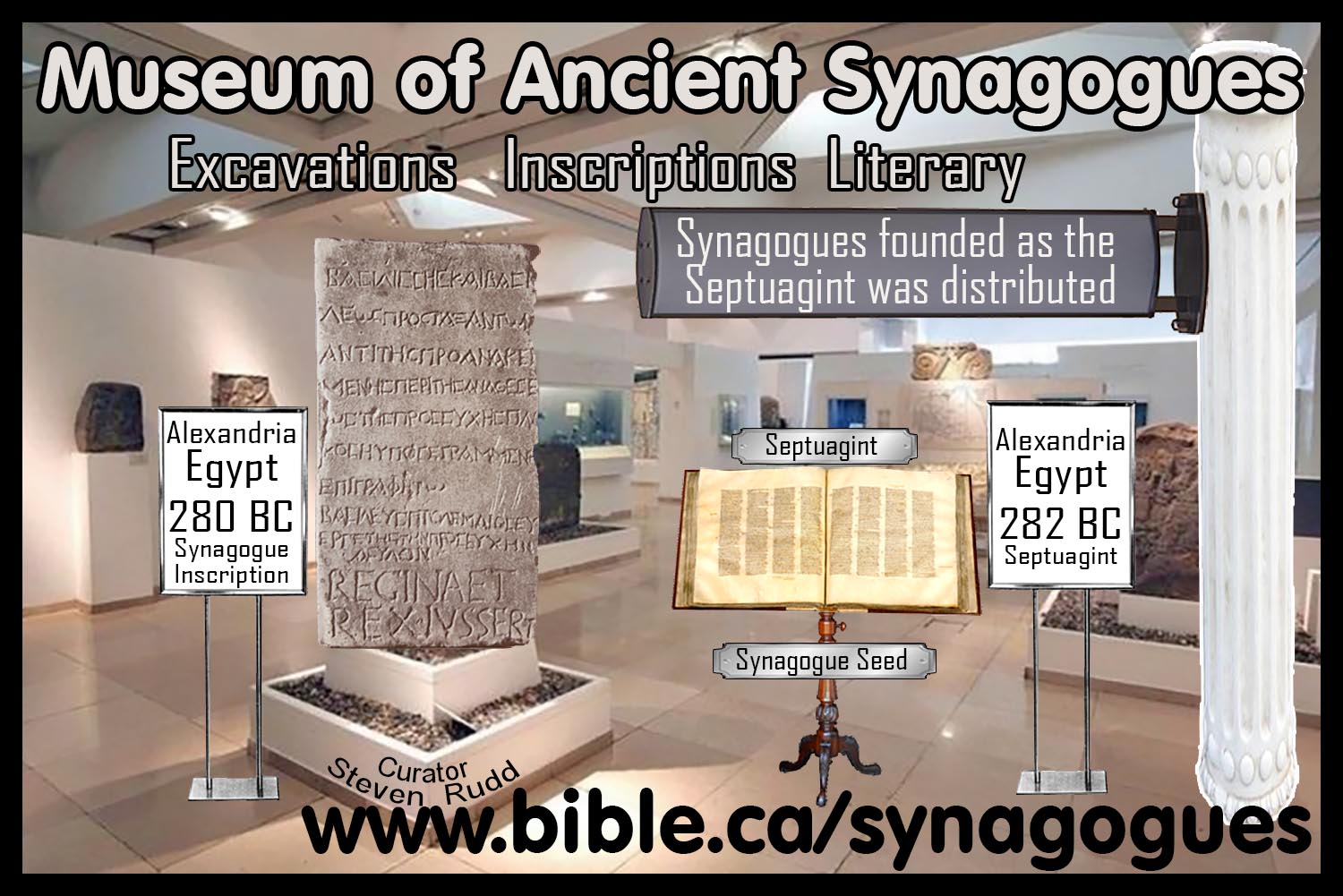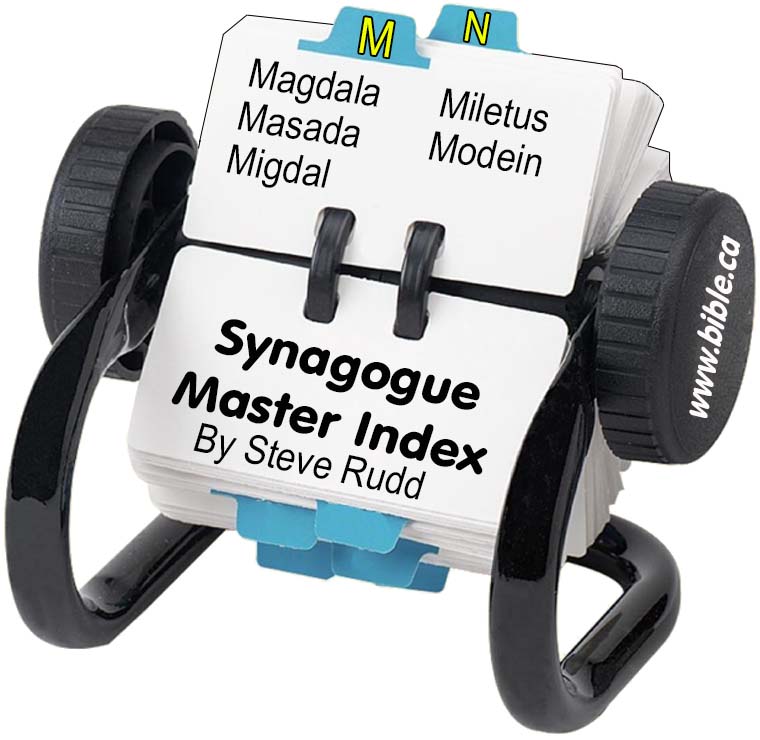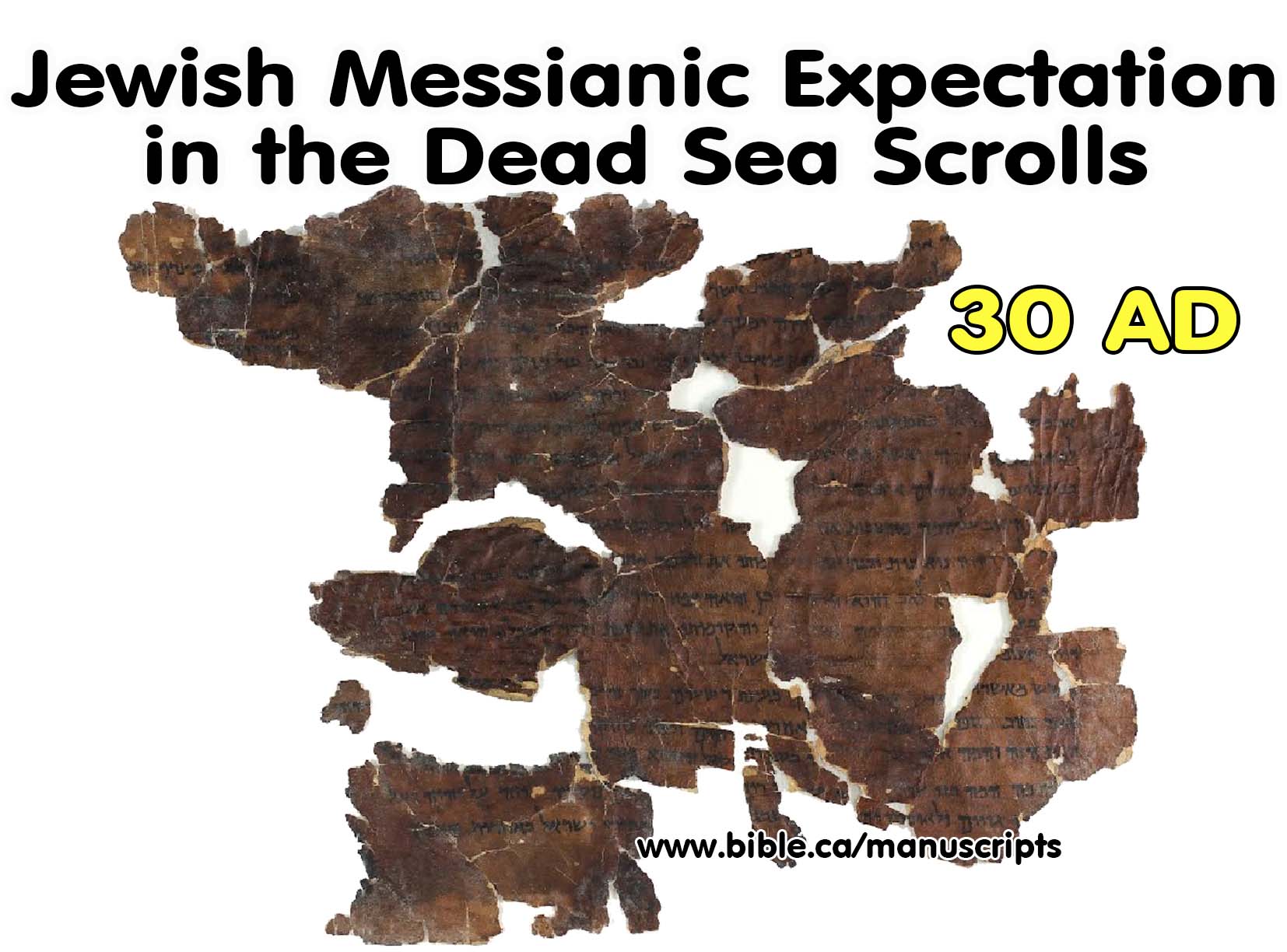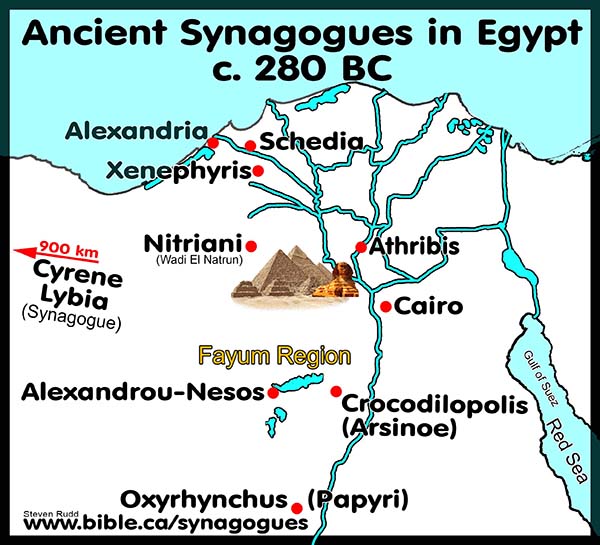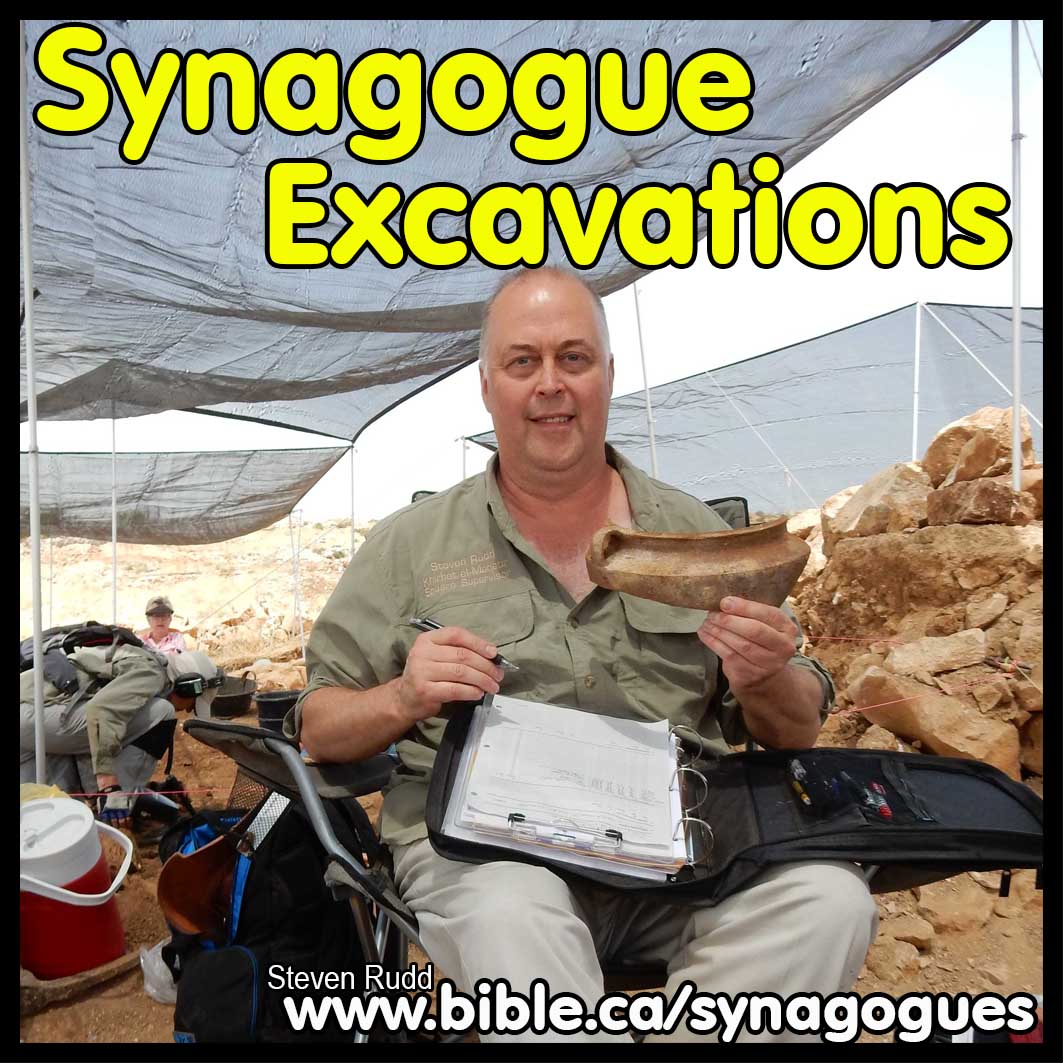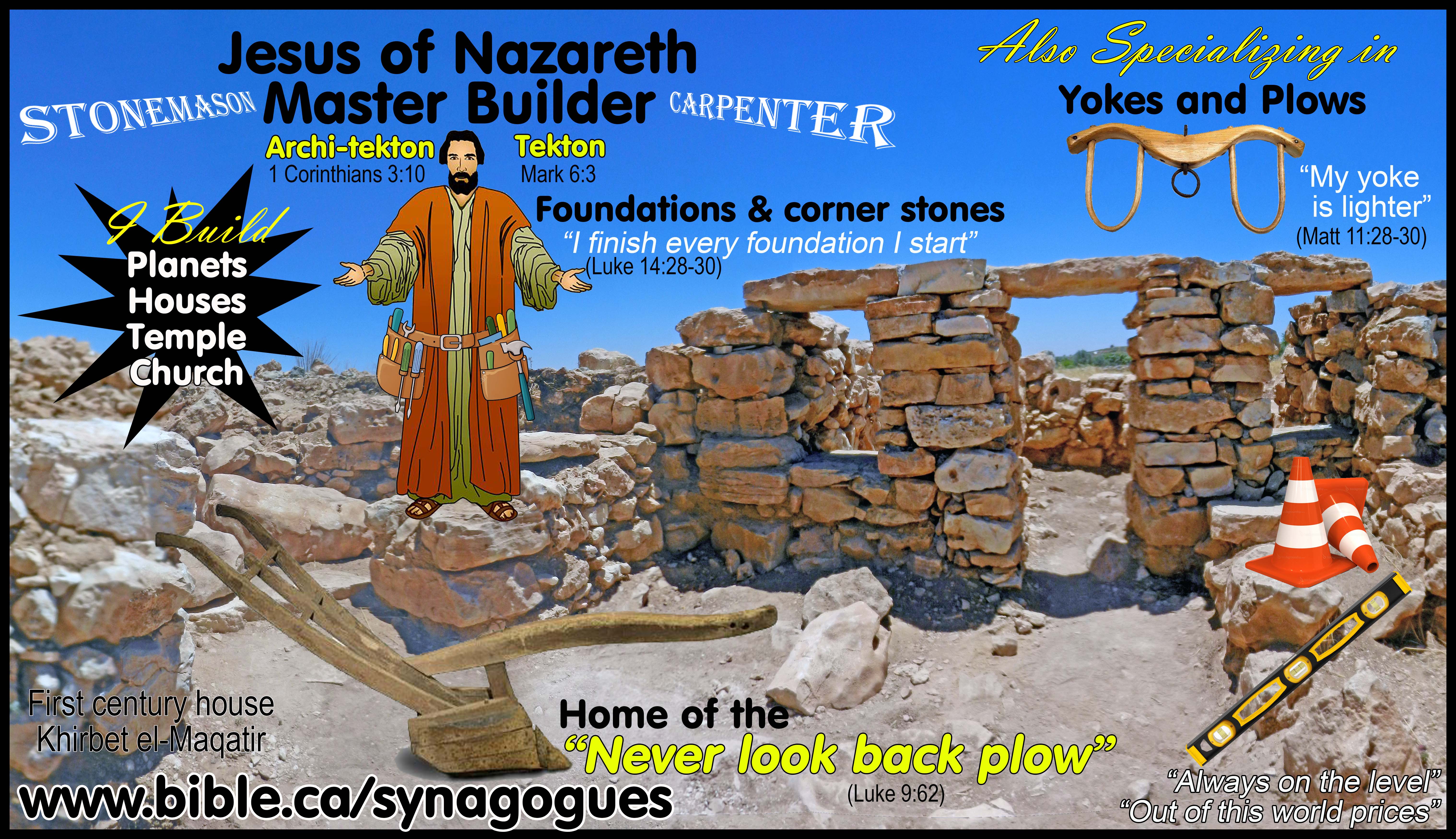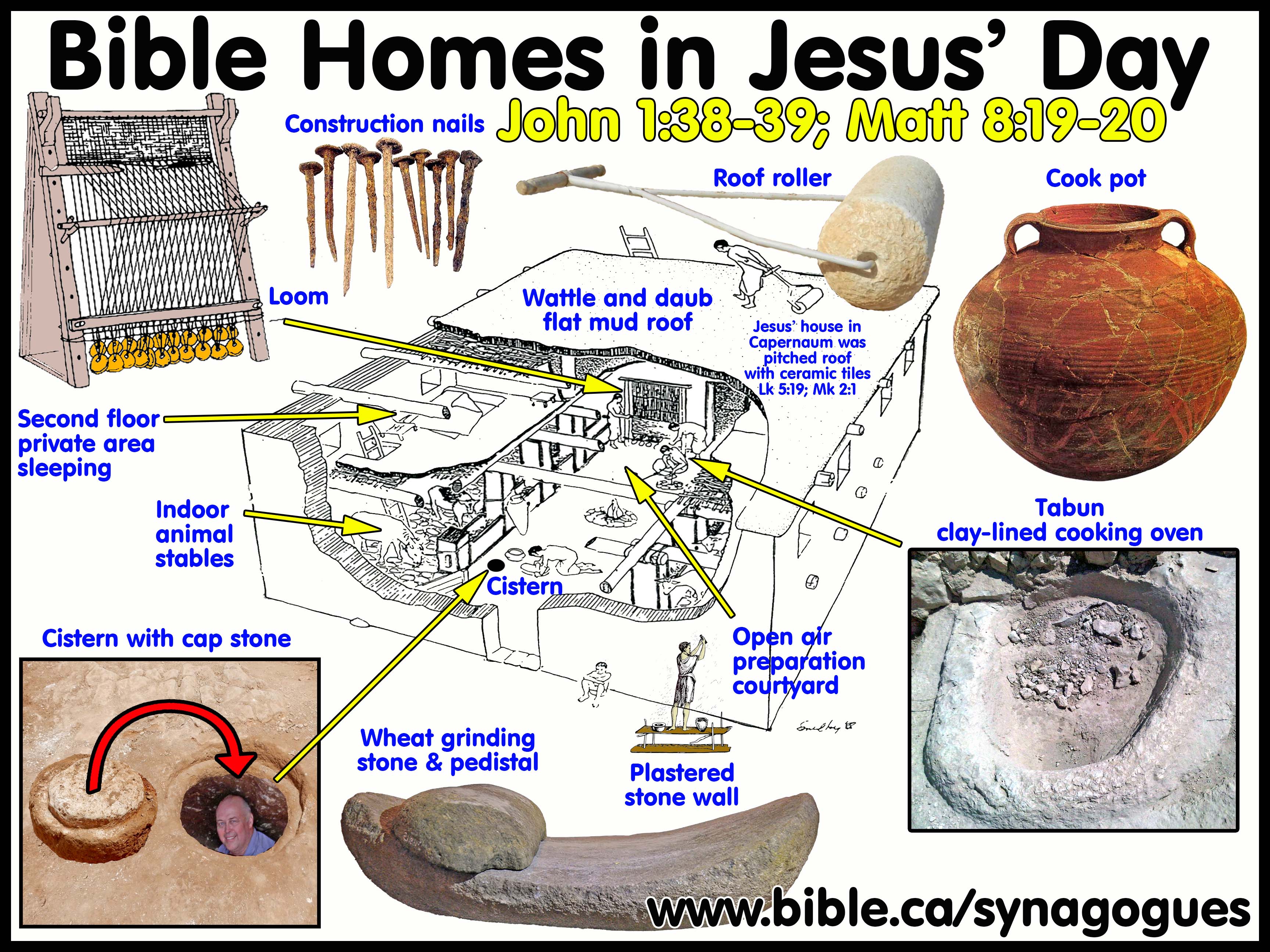First Century Synagogue Top Plans: Capernaum 30 AD
Archeological Excavations of Oldest Synagogues in the world
|
Capernaum 30 AD |
Click photos for high resolution
Introduction:
1. Capernaum is one of the most important first century cities and Jesus preached in the synagogue His great messianic sermon: Jesus is Manna that came out of heaven: John 6:24-71
a. Peter’s mother in law lived there.
b. Matthew the tax collector lived there and was called to be an Apostle of Jesus.
c. Jesus lived in a ceramic tile roofed house in Capernaum.
d. Detailed outline: JESUS’ HOUSE IN CAPERNAUM
e.
Master builder Stonemason Jesus: “Upon
this Rock I will build My church”
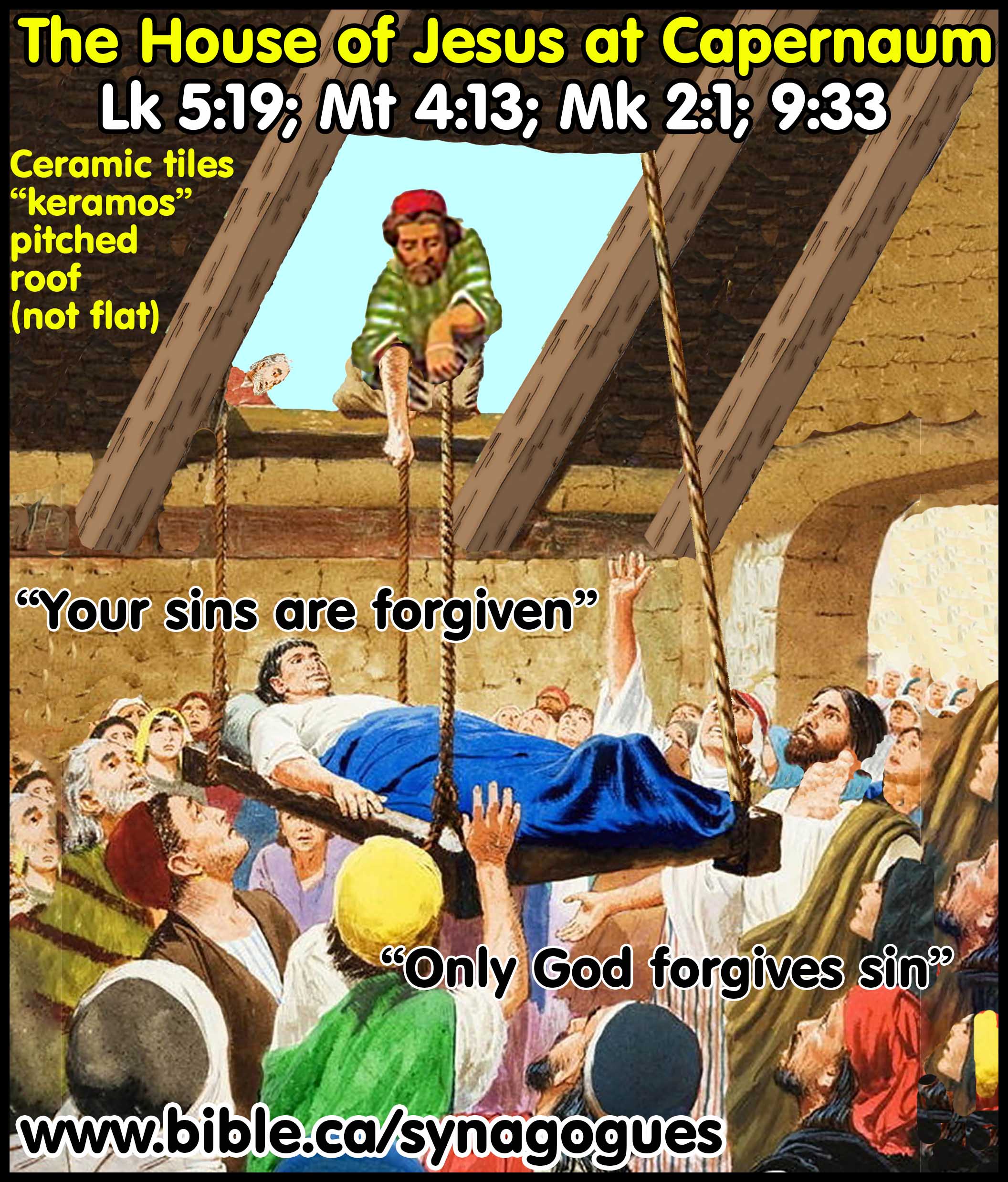
2. The first century black basalt stone foundation of the Synagogue Jesus preached in.
a. The original foundation is out of square and it’s out of level.
b. To suggest that the later renovators in the 3-4th century would use such a very shoddy foundation on which to build such a beautiful synagogue is unreasonable.
c. They reused the original unlevel, unsquare foundation from the original synagogue because of its historic importance.
d. The basalt foundation, therefore was saved as a memorial to the ancient first century synagogue.
e.
“Two structures from Capernaum are of particular interest to students of
biblical archaeology. The first one is the synagogue referred to in Luke
7.1-10. The remains of the synagogue now standing are from the fourth century,
but the clearly visible basalt foundation certainly pertains to the synagogue
of Jesus’ day. It was at this site that he first publicly revealed himself as
the Messiah (see Luke 4). The second structure of importance is the likely site
of Peter’s house where at least two miracles occurred. Archaeology has
confirmed that the house functioned as an early house church. In later
centuries different church building structures were built over it. The last one
known as the octagonal church is now visible to visitors. The site is now
protected from the elements by a modern superstructure.” (The Trowel and the
Truth, Scott Stripling, p 101, 2017 AD)
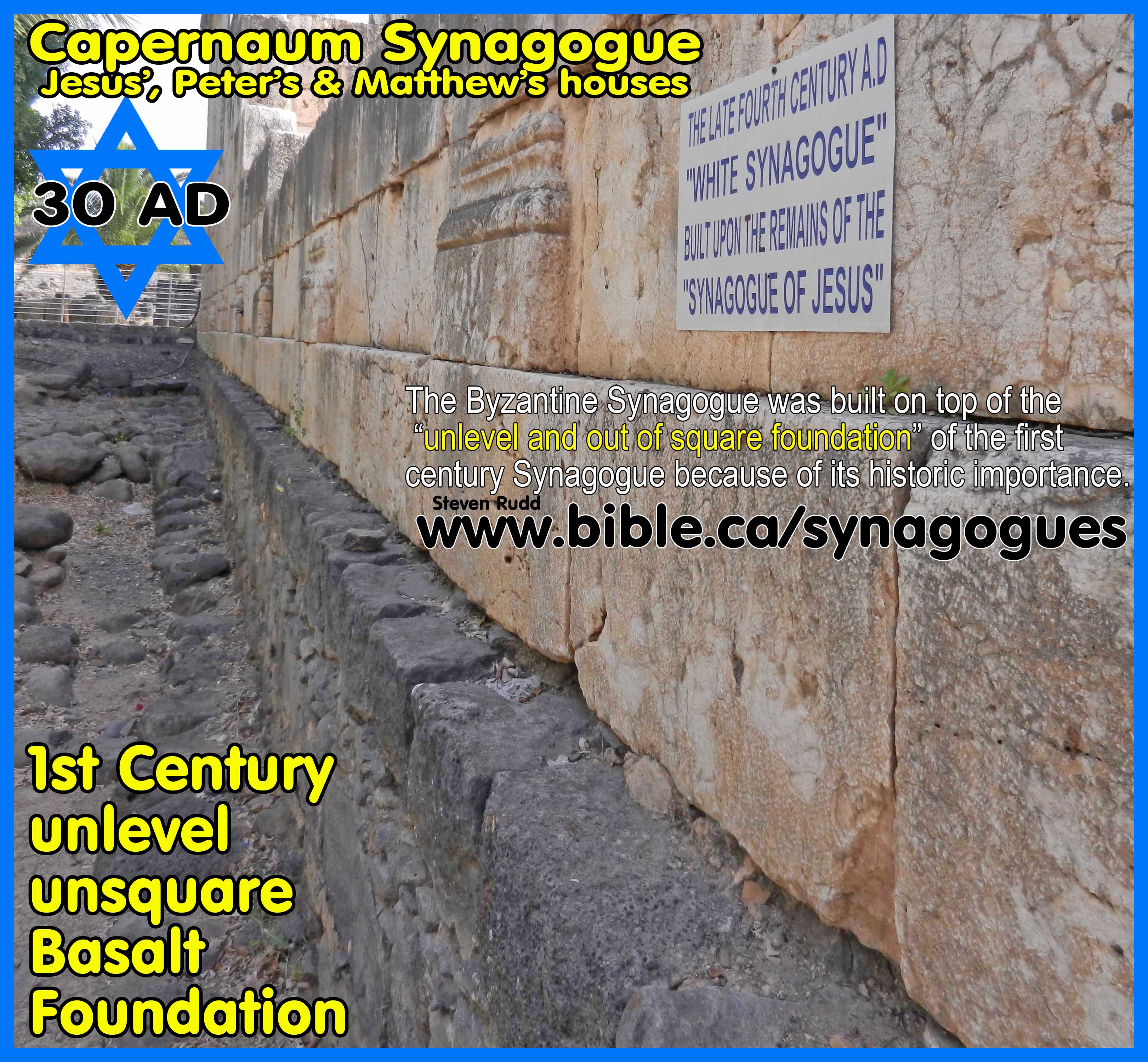
3. Building on another’s foundation:
a. "According to the grace of God which was given to me, like a wise master builder I laid a foundation, and another is building on it. But each man must be careful how he builds on it. For no man can lay a foundation other than the one which is laid, which is Jesus Christ. Now if any man builds on the foundation with gold, silver, precious stones, wood, hay, straw, each man’s work will become evident; for the day will show it because it is to be revealed with fire, and the fire itself will test the quality of each man’s work. If any man’s work which he has built on it remains, he will receive a reward. If any man’s work is burned up, he will suffer loss; but he himself will be saved, yet so as through fire. Do you not know that you are a temple of God and that the Spirit of God dwells in you? If any man destroys the temple of God, God will destroy him, for the temple of God is holy, and that is what you are." (1 Corinthians 3:10–17)
b. "And thus I aspired to preach the gospel, not where Christ was already named, so that I would not build on another man’s foundation;" (Romans 15:20)
4. Ark of the Scrolls:
a. See: Niches & Ark of The Scrolls: Prototype of Church Apse
b.
A decorative synagogue lintel is on display with a stone carving of the
Ark of the Scrolls on a wooden wagon.
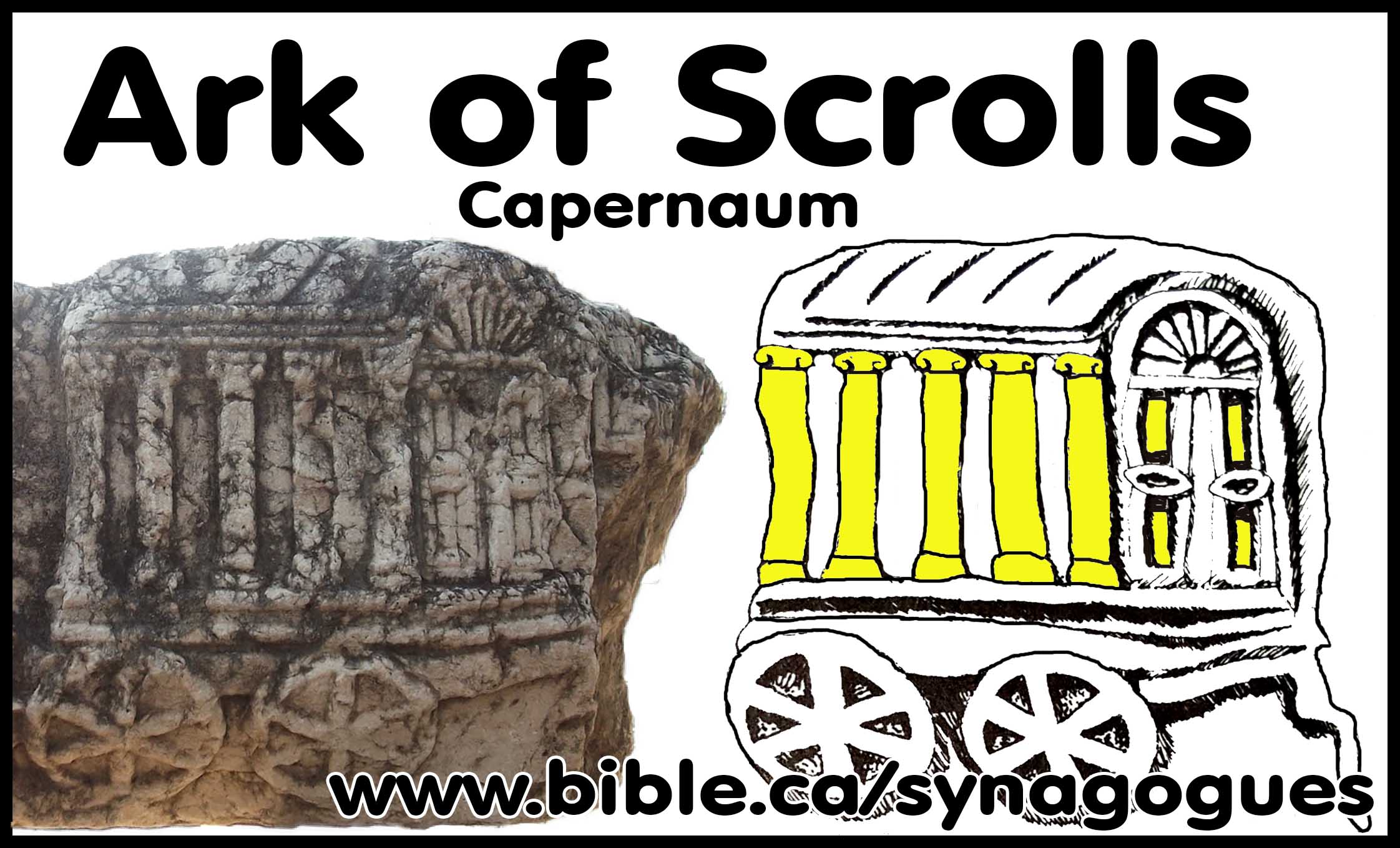
5. Heart-Shaped columns
a. See: Heart-Shaped Columns
b. See: Freestanding Columns: Antitype of Christians
c.
These heart shaped pillars are also known as “double columns” can be
still seen today in the synagogue:
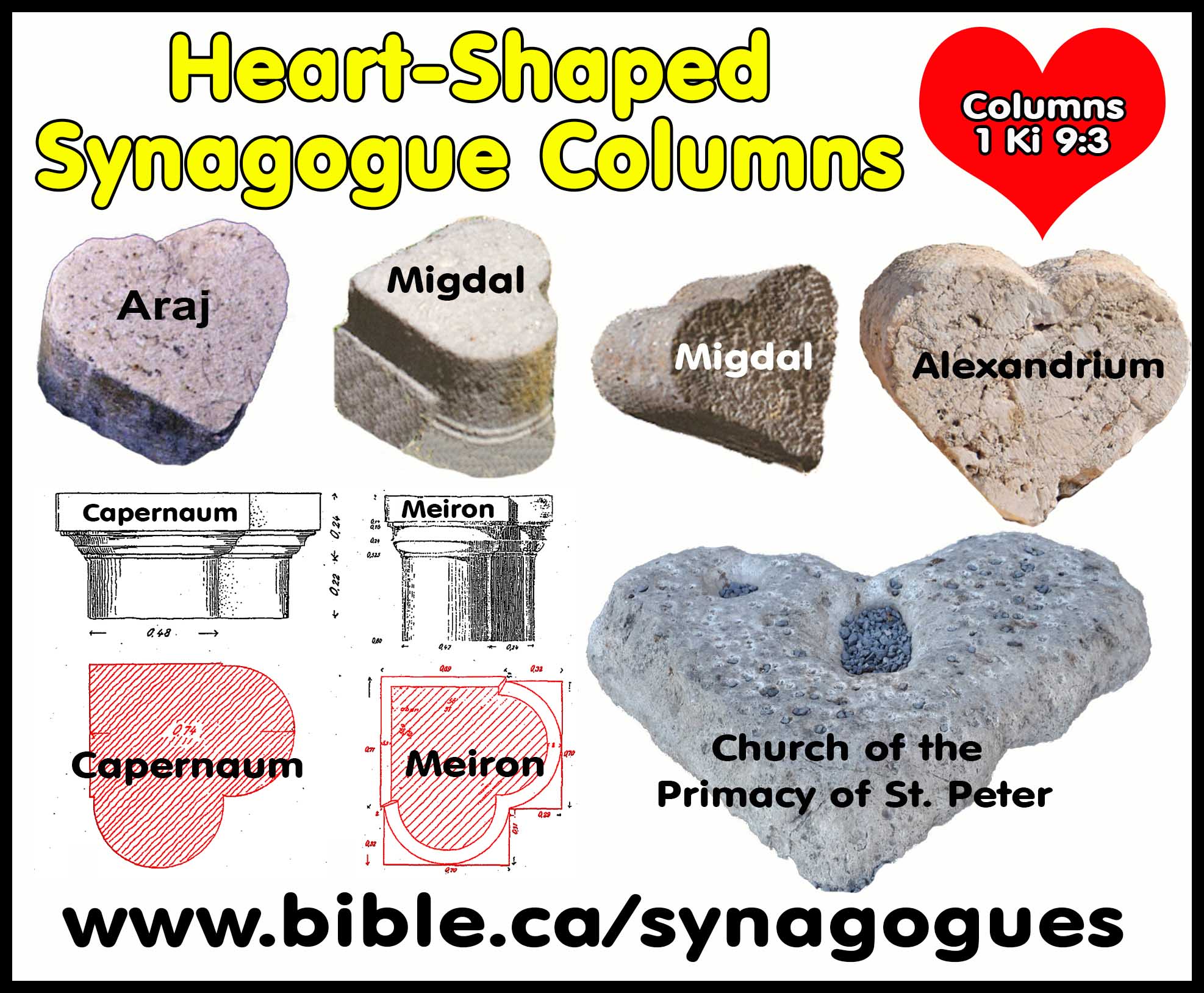
6. The two front columns from the Byzantine synagogue:
a.
See also: Freestanding Columns: Antitype
of Christians
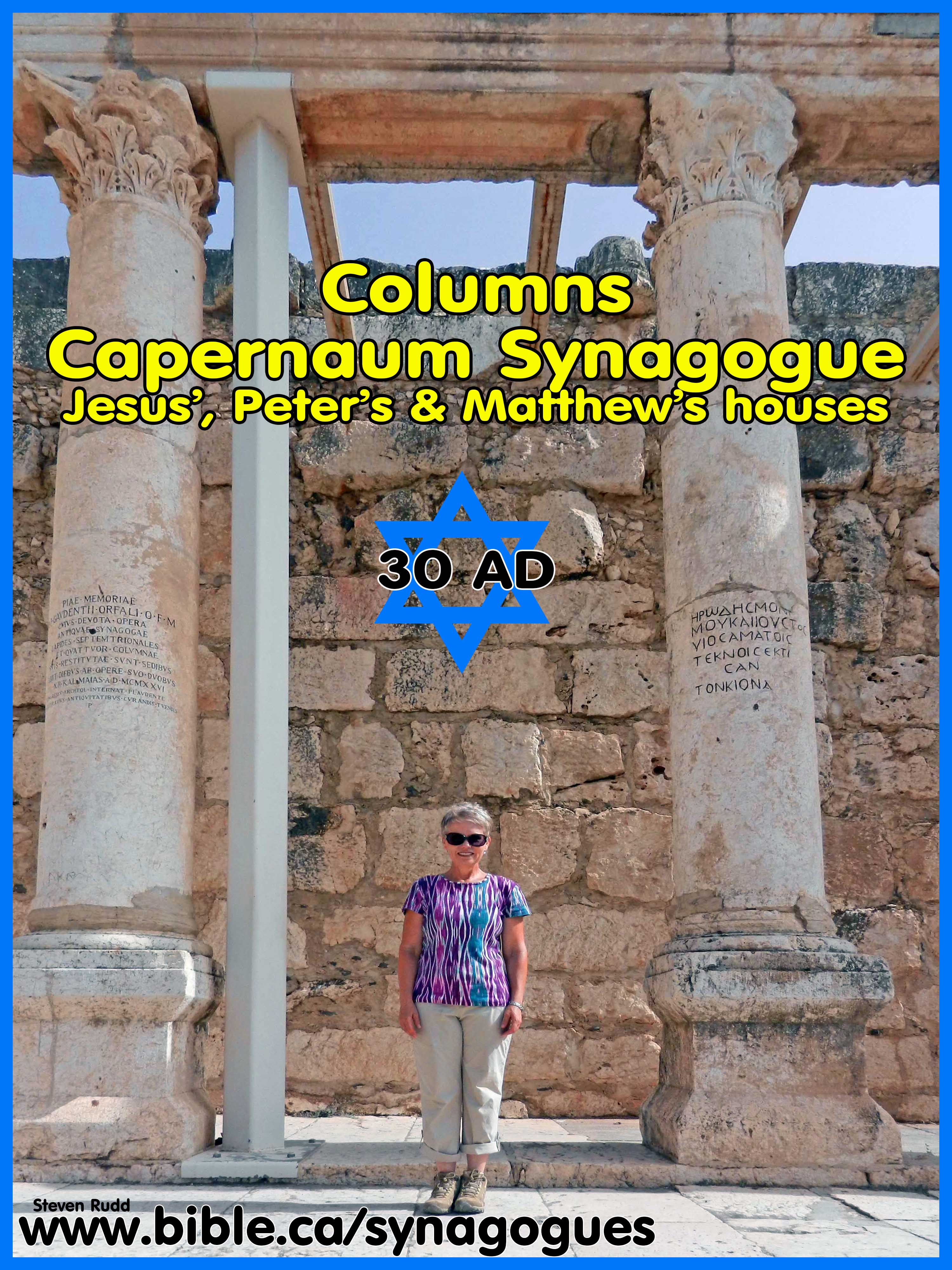
A. Earliest Synagogue Occupation Date (SOD) = 30 AD
1. Excavation date: first century
2. Inscriptional date: none
3. Literary date: New Testament 30 AD
4. SOD computation system details: Excavation date + Inscriptional date + Literary date = SOD.
B. Synagogue Compass Orientation:
1. Orientation East or towards Jerusalem: No and Yes
a. The first century basalt foundation is not oriented towards Jerusalem or easterly.
b. However, if you look at the top plan, you will notice that to new additional structure to the east of the synagogue has a trapezoid eastern wall that is directly oriented towards Jerusalem.
c. This proves the basalt foundation is first century.
d.
2. Compass headings: synagogue
a. Compass heading towards Jerusalem: 195 Degrees
b. Distance to Jerusalem: 128 Kilometers
3. When an archeologist begins excavating a newly discovered synagogue, the first thing he does to determine if it is a first temple, pre-70 AD installation is determine the orientation.
a. If the synagogue points east it is not pre-70 AD but built after 200 AD.
b. If the synagogue is oriented towards Jerusalem it is not pre-70 AD but built after 200 AD.
4. See Orientation: Early Synagogues did not Point to Jerusalem
C. Bible and other Literary references:
1. Jesus’ house: Lk 5:19; Mt 4:13; Mk 2:1; 9:33
2. Unclean spirit cast out of Man: Mk 1:21-28; Lk 4:31-38 (Notice news of healing spread throughout the Galilee region)
3. Healing of Centurion’s paralyzed servant: Mt 8:5-13; Lk 7:1-10 (notice He had “built our synagogue” and the Jews interceded)
4. Inside Synagogue: Jesus is Manna that came out of heaven: John 6:24-71
5. Paralytic healed at Jesus’ house: Mk 2:1-13
6. Call of Matthew, dinner in Matthew’s house: 2:14-22
7. Disciples discuss who is the greatest: Mark 9:33
8. Jesus walks on water and “beam me up Scotty” ends up on the shore of Capernaum: John 6:17
9. Peter’s mother-in-law healed in his house: Matt 8:14-16: Mark 1:29-34; Luke 4:38-41
D. Excavation details:
1. “The excavations date this early synagogue (I) to the first century CE, based on the pottery found under and in the cobbled basalt pavement. Thus, the excavations prove that the synagogue (II) of the fourth-fifth centuries CE at Capernaum was erected above an earlier first-century basalt synagogue, somewhat similar in plan to both the later Capernaum synagogue and the other Second Temple period synagogues. Corbo (1982:Photos 1, 2, 5, 8, 10) maintains that the basalt wall belonged to the first-century synagogue, whereas Loffreda ascribes it to a level between the first-century pavement and the Late Roman synagogue (Loffreda 1992:826). While Corbo believes that all the basalt remains were part of a single structure, Loffreda (1993:49; 1997:239) proposes a two-phase development for the earlier synagogue, including a renovation sometime between the 2nd and 4th centuries, before it was replaced by the limestone edifice in the 5th century CE. ” (Ancient Synagogues - Archaeology and Art: New Discoveries and Current Research, Rachel Hachlili, p23, 2013 AD)
2. “Runesson (2007:255) contends further that Capernaum Synagogue I was a public edifice utilized for local legal, administrative, and religious meetings, and that it was the synagogue attended by Jesus; he asserts that Room 1 in insula 1 served Jesus and his movement and was the house of Peter and Andrew. This structure is possibly a Second Temple period synagogue and, if so, the only early synagogue found buried under a later one., 2013 AD)
Conclusion:
1. The Capernaum synagogue is a special and uniquely important historical place where many Bible events took place.
2. Detailed outline: JESUS’ HOUSE IN CAPERNAUM
3. The New Testament says there was a fully functioning synagogue at Capernaum that Jesus preached in.
a. God said it. I BELIEVE IT. THAT SETTLES IT.
4. See also: First Century Jewish Messianic Expectation: As witnessed in the Dead Sea scrolls.
By Steve Rudd 2017: Contact the author for comments, input or corrections
|
Jesus your messiah is waiting for you to come home! |
|
|
Why not worship with a first century New Testament church near you, that has the same look and feel as the Jewish Synagogue in your own home town. As a Jew, you will find the transition as easy today as it was for the tens of thousands of your forefathers living in Jerusalem 2000 years ago when they believed in Jesus the Nazarene (the branch) as their messiah. It’s time to come home! |
|
By Steve Rudd: Contact the author for comments, input or corrections.
Go to: Main Ancient Synagogue Start Page
